Updated practice guideline for dual-energy X-ray absorptiometry (DXA)
- PMID: 39316095
- PMCID: PMC11732917
- DOI: 10.1007/s00259-024-06912-6
Updated practice guideline for dual-energy X-ray absorptiometry (DXA)
Abstract
The introduction of dual-energy X-ray absorptiometry (DXA) technology in the 1980s revolutionized the diagnosis, management and monitoring of osteoporosis, providing a clinical tool which is now available worldwide. However, DXA measurements are influenced by many technical factors, including the quality control procedures for the instrument, positioning of the patient, and approach to analysis. Reporting of DXA results may be confounded by factors such as selection of reference ranges for T-scores and Z-scores, as well as inadequate knowledge of current standards for interpretation. These points are addressed at length in many international guidelines but are not always easily assimilated by practising clinicians and technicians. Our aim in this report is to identify key elements pertaining to the use of DXA in clinical practice, considering both technical and clinical aspects. Here, we discuss technical aspects of DXA procedures, approaches to interpretation and integration into clinical practice, and the use of non-bone mineral density measurements, such as a vertebral fracture assessment, in clinical risk assessment.
Keywords: Dual-energy X-ray absorptiometry (DXA); Practice guideline; Procedures.
© 2024. The Author(s).
Conflict of interest statement
Declarations. Disclosures: RHJAS: Unrestricted research grants of Pfizer and Siemens Healthineers; MP: None ; DSA: None; AB: Speaker/Consulting fee, GE Healthcare; OB: None; PC: None ; JJC: None ; AC: None; JC: None; KE: None; PAE: None; NCH: None; DK: None; WFL: Speakers fee/advisory Boards: UCB, Amgen, Galapagos, Pfizer; EML: Amgen: investigator, consultant, speaker; Radius: investigator, consultant, speaker; Kyowa Kirin: consultant, speaker; Ultragenyx: investigator; Angitia: consultant; Ascendis: consultant; UpTo Date: royalties; SM: None; KFM: None; CO: None; LP: None; YR: Speaker: Amgen, Dawoong; Investigator: Amgen, Kyowa Kirin, Dongguk, Dong-A, Daewoong; BR: None; JTS: None; CS: None; KAW: None; TVW:none; JTZ: None; AAK: Speaker, advisory board (Alexion, Amgen); Speaker, advisory board, research funding (Ascendis); Advisory board, research funding (Takeda); Research funding (Amolyt, Calcilytix). Ethical approval: This article does not contain any studies with human participants or animals performed by any of the authors. Competing interests: RHJAS is Associate Editor of the EJNMMI.
Figures

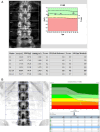
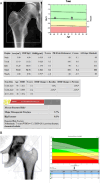
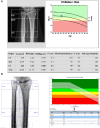

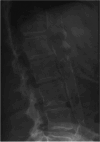


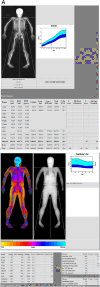

References
-
- Nih Consensus Development Panel on Osteoporosis Prevention, Therapy D. Osteoporosis prevention, diagnosis, and therapy. JAMA. 2001;285(6):785–95. - PubMed
-
- Khan AA, Slart RHJA, Ali DS, Bock O, Carey JJ, Camacho P et al. Osteoporotic Fractures: Diagnosis, Evaluation and Significance from the International Working Group on DXA Best Practice - First of a Six-Part Series on DXA Best Practices. Mayo Clin Proc. 2024. - PubMed
-
- ISCD. Adult Official Positions of the ISCD; 2019. https://www.iscdorg/official-positions/2019-iscd-official-positions-adult
-
- ISCD. Adult Official Positions of the ISCD as updated in 2023; 2023. https://www.iscdorg/official-positions-2023.
Publication types
MeSH terms
Grants and funding
LinkOut - more resources
Full Text Sources

